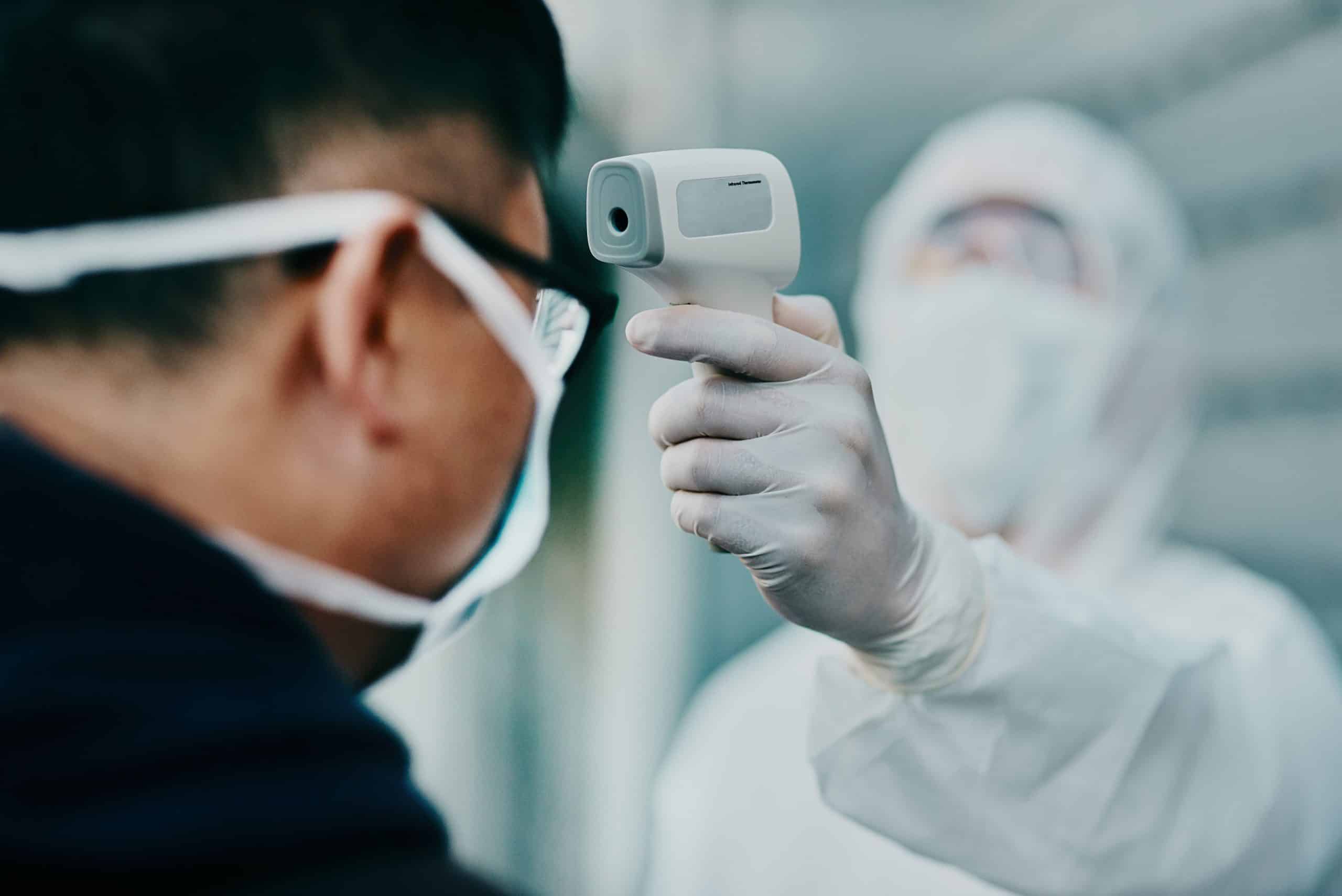Over the past decade, artificial intelligence has made significant leaps into the medical field, providing helpful tools for diagnosis and treatment of various diseases. One such area where AI has shown promising results is in the early detection of Parkinson’s disease. Parkinson’s is a degenerative disease that affects the nervous system. Most commonly, it is characterized by symptoms such as tremors, stiffness, and difficulty with balance and coordination. Early detection of Parkinson’s can greatly improve the prognosis and quality of life for patients.
One of the most intriguing advancements in this field is the use of AI for analyzing speech patterns to detect early signs of Parkinson’s. Speech is one of the key indicators of the disease as it often becomes softer and monotonous. But can AI truly aid in early detection? Let’s delve into the details.
Lire également : What’s the Potential of Smart Bandages for Chronic Wound Management?
AI-Based Models for Disease Detection
Artificial intelligence has come a long way from its early days. Today, AI is utilized in numerous sectors, including healthcare, for its data analysis capabilities. AI models can handle large volumes of data and analyze it for critical insights that can be used for early disease detection.
Models based on machine learning algorithms can identify patterns within the data that may be indicative of certain diseases. This learning approach allows the model to improve its accuracy over time as it processes more and more data.
A lire en complément : How Is Technology Facilitating Tailored Fitness Programs for the Elderly?
Using Speech as a Data Source
Human speech is a rich and complex form of data that can provide numerous insights into a person’s health. The speech of Parkinson’s patients often undergoes certain changes as the disease progresses. These changes may include slurred speech, increased hesitations, and a monotone voice.
These symptoms make speech an ideal data source for early detection of Parkinson’s. By analyzing these speech features, AI models can potentially identify the disease even before other physical symptoms become apparent.
The Role of MFCC in Speech Analysis
Mel-frequency cepstral coefficients (MFCC) are a type of feature used in sound analysis, especially in speech recognition systems. These features capture the power spectrum of a sound and provide a compact representation of it.
In the context of detecting Parkinson’s, an MFCC-based analysis of speech data can reveal subtle changes that might be difficult to detect otherwise. The MFCC can highlight abnormalities in the speech signal that could potentially indicate the onset of the disease.
Using AI to Improve Diagnosis Accuracy
An AI model’s ability to accurately diagnose a disease is contingent on the quality and volume of data it is trained on. In the case of Parkinson’s, the model would need a large dataset of speech samples from both healthy individuals and patients.
By training the AI model on this dataset, it can learn to distinguish the speech features associated with Parkinson’s from those of healthy individuals. Over time, this learning process can significantly improve the model’s diagnostic accuracy.
Current Research and Developments
Scholars and researchers around the world are currently exploring the potential of AI-driven systems in detecting early signs of Parkinson’s disease through speech analysis. One such study used a dataset of voice recordings from 31 people, 23 of whom had Parkinson’s. The model was able to correctly identify the Parkinson’s patients with 99% accuracy.
In another study, researchers used an algorithm trained on a dataset of 263 speech samples from 43 people, 33 of whom had Parkinson’s. The model managed to achieve an accuracy of 91%.
While these studies represent significant strides in AI-based diagnosis of Parkinson’s, there is still a long way to go. The current models need larger and more diverse datasets to improve their accuracy and reliability. Additionally, more research is needed to better understand the relationship between speech features and Parkinson’s disease.
Nevertheless, the potential of AI-driven systems in early detection of Parkinson’s disease is undeniable. As these systems continue to evolve and improve, they could become an invaluable tool in the fight against this debilitating disease.
Further Potential of AI in Parkinson’s Disease Detection
In recent years, artificial intelligence has made a significant impact on the healthcare industry. Notably, AI has shown great potential in early disease detection, with Parkinson’s disease being one field where this technology has made considerable strides. Current research and advancements in AI and machine learning have led to the development of speech analysis models that can detect early signs of Parkinson’s disease.
Google Scholar, PubMed Crossref, and Crossref Google host several research articles that focus on this fascinating intersection of computer science and healthcare. Many of these papers discuss the use of machine learning algorithms for feature selection in speech data. These algorithms can identify key acoustic features in a person’s speech that may be indicative of Parkinson’s disease.
A study conducted by the University of Rochester used deep learning for early detection of Parkinson’s. They utilized a dataset of speech samples and achieved a classification accuracy of around 89% using cross validation. This demonstrates the power of AI in disease detection and the potential it has in transforming the way we diagnose diseases.
Another exciting area of AI research is the use of correlation features for early diagnosis. By identifying strong correlations between certain speech features and the onset of Parkinson’s disease, AI models can provide more accurate diagnoses. This area under the curve approach has shown promising results in initial studies.
However, AI is not a magic solution. It’s important to note that the accuracy of AI models depends on the quality and volume of the data they are trained on. For these models to be effective, we need large and diverse datasets that represent a wide range of speech patterns and disease progression stages.
Conclusion: AI as a Tool for Early Parkinson’s Detection
In conclusion, the potential of AI-driven systems in early detection of Parkinson’s disease through speech analysis is encouraging. The current research, although still in its early stages, has already shown promising results. With the correct training and increasingly larger and more diverse datasets, these AI models could provide a non-invasive and cost-effective solution for early Parkinson’s detection.
While AI systems are not a substitute for comprehensive medical evaluations, they can certainly serve as a powerful tool for early detection. The application of AI in healthcare, specifically in diseases like Parkinson’s, could revolutionize diagnosis and treatment plans, leading to improved patient outcomes.
It’s crucial that we continue to invest in this research. As the technology continues to improve and evolve, AI could become an even more invaluable tool in the fight against Parkinson’s disease. Whether it’s through Google Scholar or PubMed Crossref, continued research and collaboration will only serve to push the boundaries of what AI can achieve in the realm of disease detection and healthcare as a whole.
As we look to the future, it is evident that AI and machine learning will play a key role in healthcare. From early diagnosis to treatment plans, these AI-driven systems offer a glimpse of a future where healthcare is more personalized, effective, and accessible for everyone.






